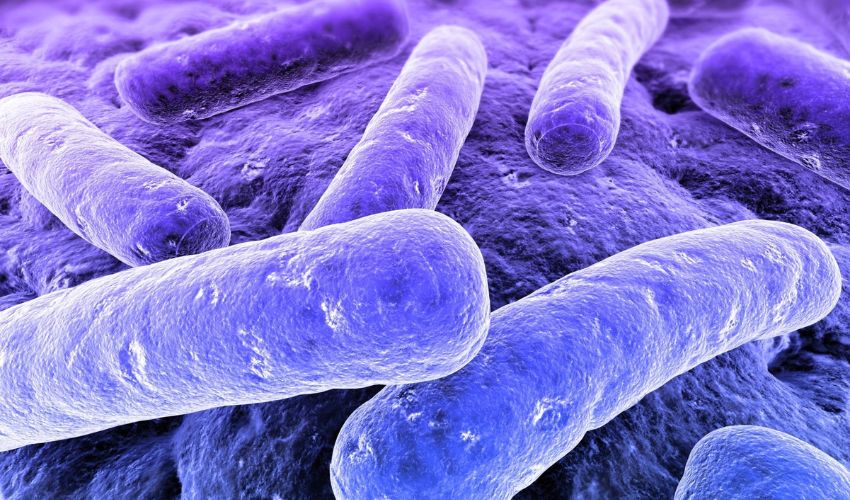3D Printing Can Be Used to Fight Against Bacteria

Due to the continuing COVID-19 pandemic, more than ever we are aware of how harmful and easily transmissible bacteria and other microbes are on surfaces. The mats that adhere there, some of which are slimy, are called biofilms and are often resistant to conventional disinfectants. They form complex communities and can even lead to life-threatening bacterial infections. But to eliminate this problem, a team of researchers at Montana State University in the U.S. has brought additive manufacturing into play to advance biofilm bacteria research using 3D printing technology. The goal here is to be able to produce a kind of tool that helps replicate the microbes. Researchers Zimlich and Thornton, who work at MSU’s Center for Biofilm Technology, have been working on the 3D printing device for two years.
Many tests and modifications later, however, they finally achieved their first success: the research object, which consists of a grid of individual bacteria inserted in hydrogel – a transparent, pudding-like substance – that they can precisely lay out at will, could be a great help for future bacterial transmissions. That’s because, specifically, it allows cells to be arranged and encapsulated exactly where they are needed to help fight bacteria. More specifically, the process involves imaging the microbes in the hydrogel and then solidifying the material with a laser to create an imperfect biofilm. While only one type of bacteria has been used so far in the research, if Zimlich and Thornton were to use other strains of bacteria, they could create more complex biofilms as a result.

Zimlich and Thornton conduct their research (photo credits: MSU).
A Forest Full of Bacteria
Comparable to a forest due to the sheer diversity of lifeforms present, Zimlich admits that even the simplest biofilm systems are complex species. For this reason, they felt it was their responsibility to combat microbes that may even be resistant to antibiotics. This is the case, he said, because the cells at the lowest level of the biofilm present are encapsulated from oxygen and enter a dormant state, making drugs ineffective against them. According to Phil Stewart, also a researcher at MSU, this phenomenon is explained by the fact that the bacteria have already undergone so many biological changes that such drugs are partially ineffective. Further development of such drugs is therefore inevitable, so that all forms of bacteria in the biofilm are attacked. However, Zimlich is optimistic and describes his idea for combating such a situation with bacteria, commenting, “One thing that’s becoming clearer is that there’s potential to treat these pathogenic bacteria by altering the interactive biofilm environment instead of trying to use harsh chemical products.”
But in order to further develop such treatments, numerous tests must take place in a controlled environment such as a laboratory. And that’s when the 3D printing tool finds its way. “We think it’s possible to construct analogs of how these pathogenic biofilms form naturally,” affirms Zimlich. With some 30 collaborative partners, the MSU research team also indicates in their press release that their research could even be of great interest to companies such as Procter and Gamble, 3M and NASA. More information on the project can be found HERE.
Do you think that bacteria will soon be easier to combat with the use of 3D printing? Let us know in a comment below or on our LinkedIn, Facebook, and Twitter pages! Don’t forget to sign up for our free weekly Newsletter here, the latest 3D printing news straight to your inbox! You can also find all our videos on our YouTube channel.






